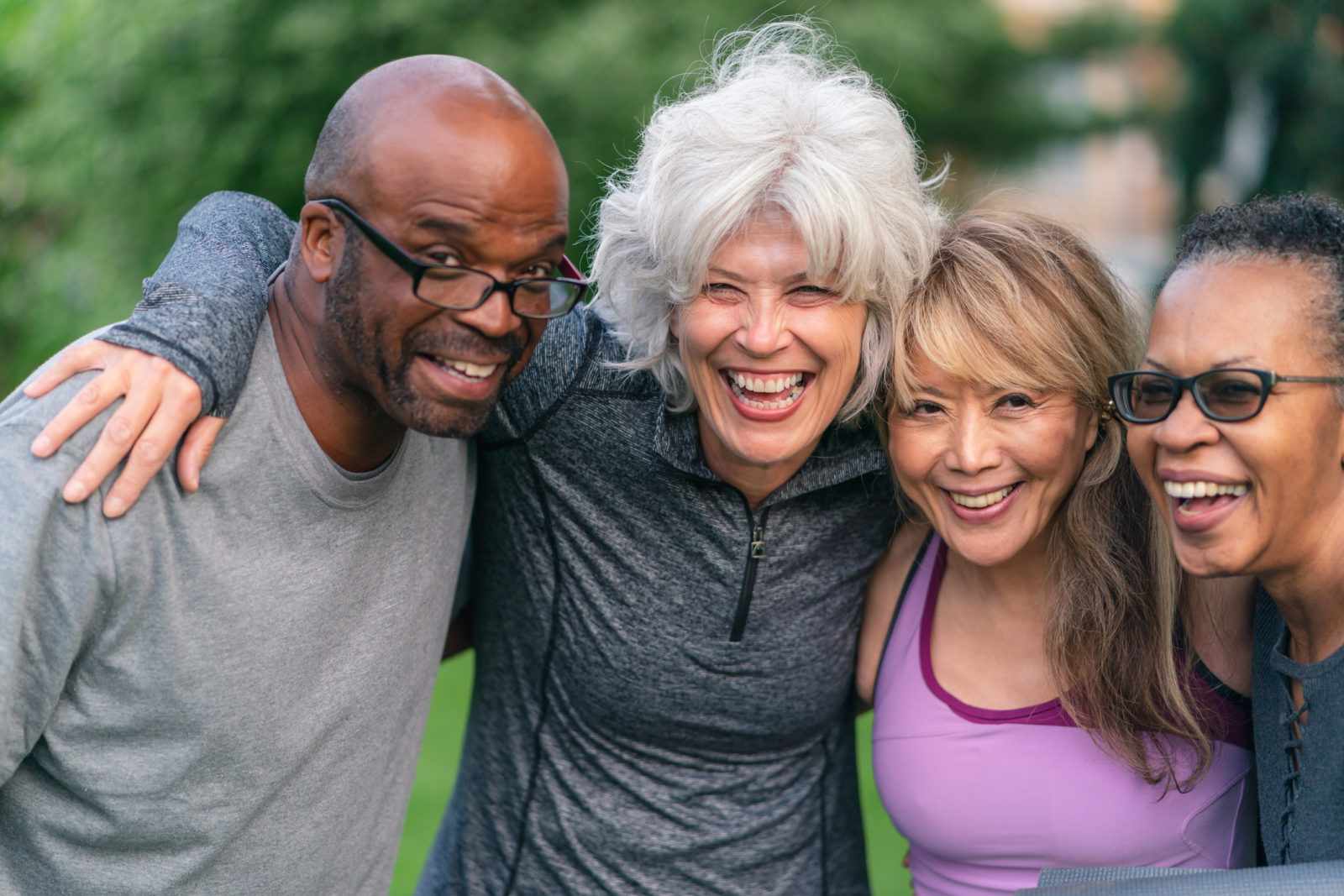5 Myths About Aging

Many people make assumptions about aging and how older age will affect them. But it’s important to understand the positive aspects of aging. The National Institute on Aging shares five common myths about aging and older adults – and how healthy choices can help you stay healthy and independent.
Myth: The older I get, the less sleep I need.
Reality: Older adults need the same amount of sleep as all adults — seven to nine hours each night. Unfortunately, as people age, they may find themselves having a harder time falling and staying asleep. Getting enough sleep keeps you healthy and alert, can help reduce your risk of falls, and improves your overall mental well-being.
Myth: It is inevitable that older people will get dementia.
Reality: Dementia is not a normal part of aging. Although the risk of dementia grows as people get older, it is not inevitable. Many people live into their 90s and beyond without showing signs of dementia. Sometimes forgetting an appointment or losing your keys are typical signs of mild forgetfulness, which is very common in normal aging. That said, you should talk with a doctor if you have serious concerns about your memory and thinking, or if you or a loved one notice changes in your behavior and personality.
Myth: Older adults can’t learn new things.
Reality: Not true! Older adults can learn new things, create new memories, and improve their performance in a variety of skills. Trying and learning new skills may even improve our cognitive abilities. For example, one study found that older adults who learned quilting or digital photography had improved memory. Seeking out new social connections and enjoying social activities, such as a dance class or book club, can keep your brain active and may also boost your brain health.
Myth: Older adults should take it easy and avoid exercise so they don’t get injured.
Reality: As you age, you may think exercise could do more harm than good, especially if you have a chronic condition. But you have a lot more to gain by being active — and a lot to lose by sitting too much. Often, inactivity is more to blame than age when older people lose the ability to do things on their own. Almost anyone, at any age and with most health conditions, can participate in some type of physical activity.
Myth: Only women need to worry about osteoporosis.
Reality: While men may not be as likely to have osteoporosis because they start with more bone density than women, one in five men over the age of 50 will have an osteoporosis-related fracture. By age 65 or 70, men and women lose bone mass at the same rate. Men and women have some of the same risk factors, such as family history, not enough calcium or vitamin D, and too little exercise. Low levels of testosterone, too much alcohol, taking certain drugs, and smoking are other risk factors.
![Charlesgate [logo]](https://www.charlesgate.net/wp-content/uploads/sites/218/2016/12/logo-new.png)